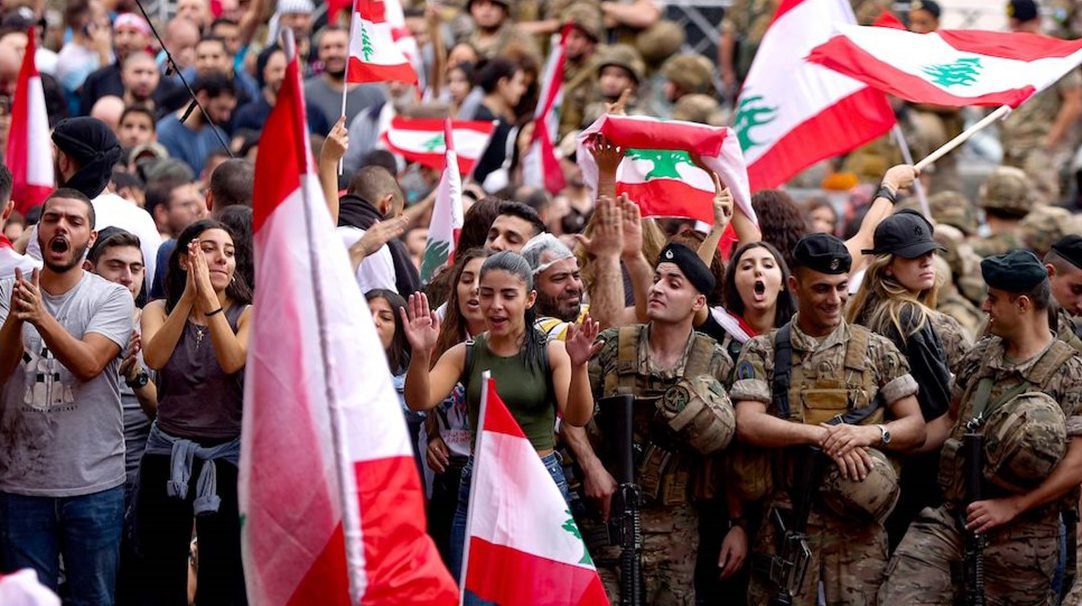In the midst of the nationwide anti-government protests that began more than 70 days ago in Lebanon, facets such as poverty and political violence have become prominently more visible.
Political violence, as outlined by the World Health Organization, is the intentional manipulation of power with the goal of prohibiting specific populations from realizing basic needs and human rights like the freedom of expression. While the nature, causes, and solutions, pertaining to these facets divide opinions, many in Lebanon have come together to help and relieve others.
Community resilience represents a process in which cultural, political, and social factors interact in the face of adverse conditions to form a cohesive community. Although no single definition of community resilience is present, it is agreed that the construct is not the reverse of vulnerability or the summation of individual resiliencies.
Understanding how individuals and communities endure political violence helps us understand the dynamic possibilities for growth within and post adverse times.
Without underestimating the negative consequences of political violence on individuals, more recent evidence suggests that individuals and communities tend to emerge from political violence with capabilities for and commitments to building well-being. In this regard, the current context and complex fabric of Lebanon cannot be taken lightly.
What factors develop community resilience within political violence?
Slightly differing in content from contributors to individual resilience, community resilience is developed through certain emotional orientations, characteristics, and resources. One important emotional orientation is hope, which helps orient individuals and groups towards the future.
Lebanese protesters are particularly concerned with a prosperous future in their home country –free from corruption. The main community characteristics which help build resilience on that dimension include community cohesion, collective identity, and a hardiness due to previous experiences with political violence.
Rapid post-war adaptation was witnessed following the 2006 July War, which saw Lebanese citizens maintaining cohesiveness as they improvised housing solutions. While the current situation is different from previous turmoil, and intense opposing stances and activities are present, solid unity is being exercised on several levels today.
In addition to the collective “Lebanese” identity that is expressed for the first time on the streets, individuals living both in Lebanon and abroad are spurring to help one another through providing food, clothes, medical care, legal advice, and more.
See also: Introducing Beit El Baraka, the NGO giving free food, shelter, and medicine to Lebanese retirees
Although such activities can be criticized for catalysing and fuelling dependency on aid, and sustainability is questioned, they currently exemplify a unified response to the hardships encountered by citizens recently and throughout past years.
The final element which further builds community resilience is resources –technical, organizational, social, and economic– as well as educational and health service networks run by trusted leadership.
Details on the status of these resources in Lebanon and how they integrate with one another is beyond the scope of this article. It should be noted however that in that context, recognizing and capitalizing on community resources, including culture and history, is central to community resilience during and post politically violent times.
Appreciating the nature and components of community resilience during political violence in Lebanon can be beneficial, especially in the public health sector, where it can help set relief priorities. Given that community resilience fluctuates with time, it is important that efforts to inculcate and maintain collective optimism are supported and sustained.
The current situation in Lebanon has put a strain on many individuals, families, institutions, and the government. Lebanese individuals forming the resilient community –who are best informed about their circumstances and needs in politically violent times– should play a leading role in relief.


